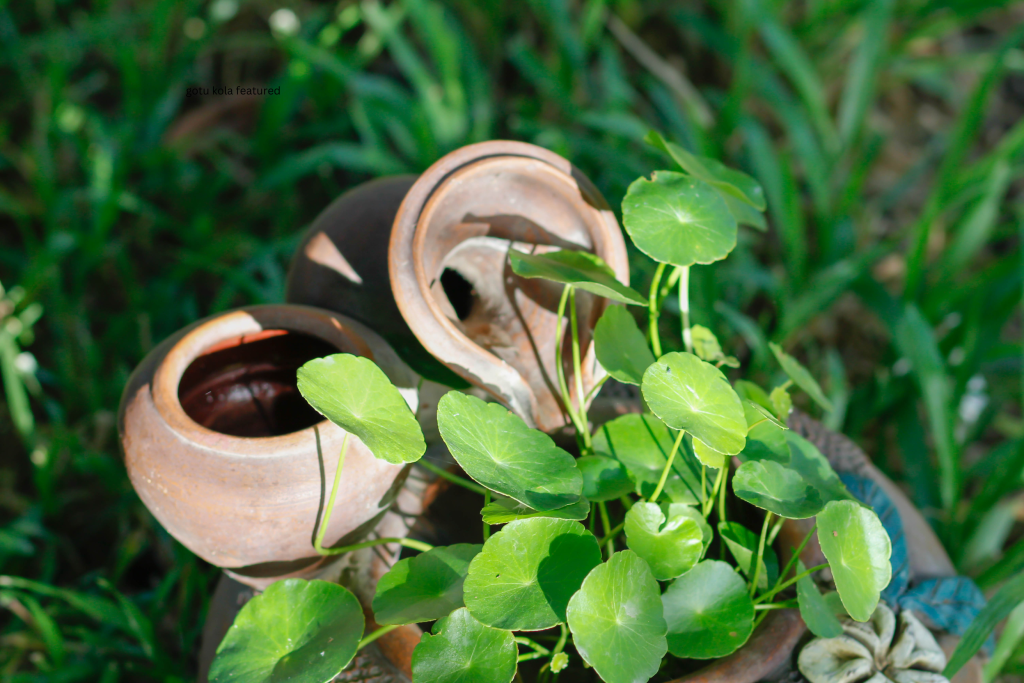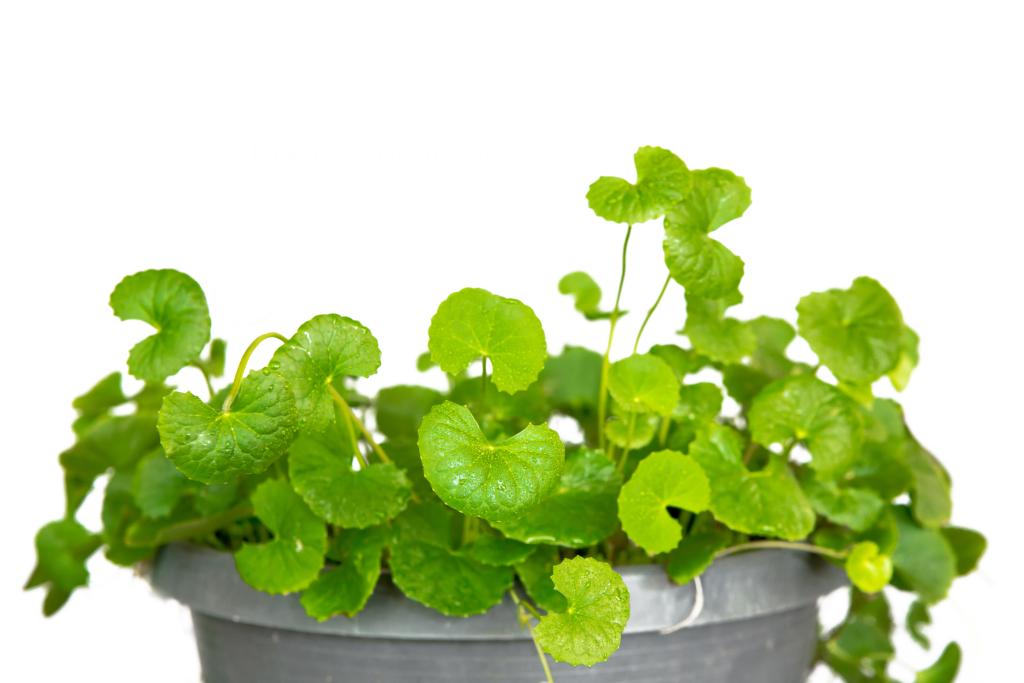Gotu Kola (Centella asiatica), also known as Asiatic pennywort, is a perennial herb prized for its medicinal properties. This versatile plant is native to Asia and has been used in traditional medicine for centuries to promote healing and enhance cognitive function. If you’re looking to grow Gotu Kola in your garden or indoors, here’s a detailed guide on how to care for this beneficial herb.

Ideal Growing Conditions
- Light Requirements: Gotu Kola thrives in partial to full shade. It can tolerate some direct sunlight, especially in the morning, but too much sun can scorch its delicate leaves. If growing indoors, place the plant near a window with filtered light or use a grow light.
- Soil: This herb prefers moist, well-drained soil rich in organic matter. A loamy or sandy soil with a slightly acidic to neutral pH (6.0-7.0) is ideal. Adding compost or well-rotted manure can improve soil fertility and drainage.
- Watering: Gotu Kola loves moisture and needs consistently moist soil. Water the plant regularly to keep the soil damp but not waterlogged. Avoid letting the soil dry out completely between waterings. In hot weather, you might need to water it more frequently.
- Temperature and Humidity: Gotu Kola prefers warm, humid conditions. It thrives in temperatures between 65-85°F (18-30°C). If you live in a dry climate, consider using a humidity tray or misting the plant to maintain adequate humidity levels.
Planting Gotu Kola
- Starting from Seeds: If starting from seeds, soak them in water for 24 hours before planting to improve germination rates. Sow the seeds in a seed tray filled with a moist seed-starting mix, cover them lightly with soil, and keep them in a warm, shaded spot. Germination can take 2-6 weeks.
- Transplanting: Once the seedlings have developed a few true leaves, they can be transplanted into larger pots or directly into the garden. Space the plants about 12 inches apart to allow for proper growth and air circulation.
- Propagation: Gotu Kola can also be propagated from cuttings or by division. To propagate by cuttings, take a stem cutting with several nodes, remove the lower leaves, and place it in water or moist soil until roots develop. For division, simply divide the root clumps and replant them in new locations.
Ongoing Care
- Fertilizing: Feed Gotu Kola with a balanced, water-soluble fertilizer every 4-6 weeks during the growing season. Organic fertilizers like compost tea or fish emulsion can also be beneficial.
- Pruning: Regularly trim the plant to encourage bushy growth and prevent it from becoming leggy. Removing any dead or yellowing leaves will keep the plant healthy and attractive.
- Mulching: Apply a layer of mulch around the base of the plant to retain moisture, suppress weeds, and regulate soil temperature. Organic mulches like straw, bark chips, or leaf mold work well.
- Pest and Disease Control: Gotu Kola is relatively pest-resistant but can sometimes attract aphids or spider mites. Use insecticidal soap or neem oil to treat infestations. Ensure good air circulation to prevent fungal diseases like powdery mildew.
Winter Care
Outdoor Plants: In colder climates, Gotu Kola can be grown as an annual or brought indoors for the winter. Mulch heavily around the base of outdoor plants to protect the roots from freezing temperatures.

Indoor Plants: If growing Gotu Kola indoors during the winter, ensure it receives enough light and maintain a consistent watering schedule. Reduce watering slightly but don’t let the soil dry out completely.
Harvesting Gotu Kola
- When to Harvest: You can start harvesting Gotu Kola once the plant has established and has plenty of leaves. The best time to harvest is in the morning after the dew has dried.
- How to Harvest: Use sharp scissors or pruning shears to snip off the leaves and stems, leaving enough growth to allow the plant to continue thriving. Regular harvesting encourages new growth.
- Storing Gotu Kola: Gotu Kola leaves can be used fresh or dried. To dry the leaves, spread them out in a single layer on a drying rack in a well-ventilated area out of direct sunlight. Once dry, store the leaves in an airtight container in a cool, dark place.
Conclusion
Gotu Kola is a valuable herb with numerous health benefits and a relatively easy plant to care for. By providing the right growing conditions, regular watering, and proper maintenance, you can enjoy a healthy and productive Gotu Kola plant in your garden or home. Whether you use it for its medicinal properties or as a culinary ingredient, Gotu Kola is a worthy addition to any herb collection.



